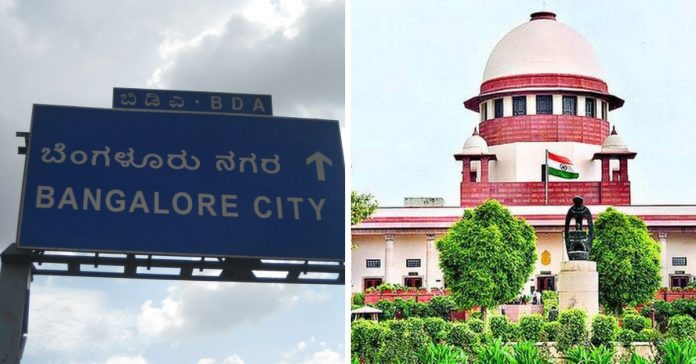
The development of Bengaluru, India’s technology hub and among the most liveable big cities, has been so unplanned over the past few decades that the supreme court of India now holds it up as a warning for other Indian cities.
SC refers the condition of Bengaluru
Recently, the top court advised India’s federal and state governments to place environmental conservation ahead of urban development. It was hearing a plea by citizens of the northern city of Chandigarh, who are fighting the administration’s practice of converting single residential units into apartments. A bench of Justices BR Gavai and BV Nagarathna also warned Chandigarh authorities of the adverse impacts of haphazard urban planning.
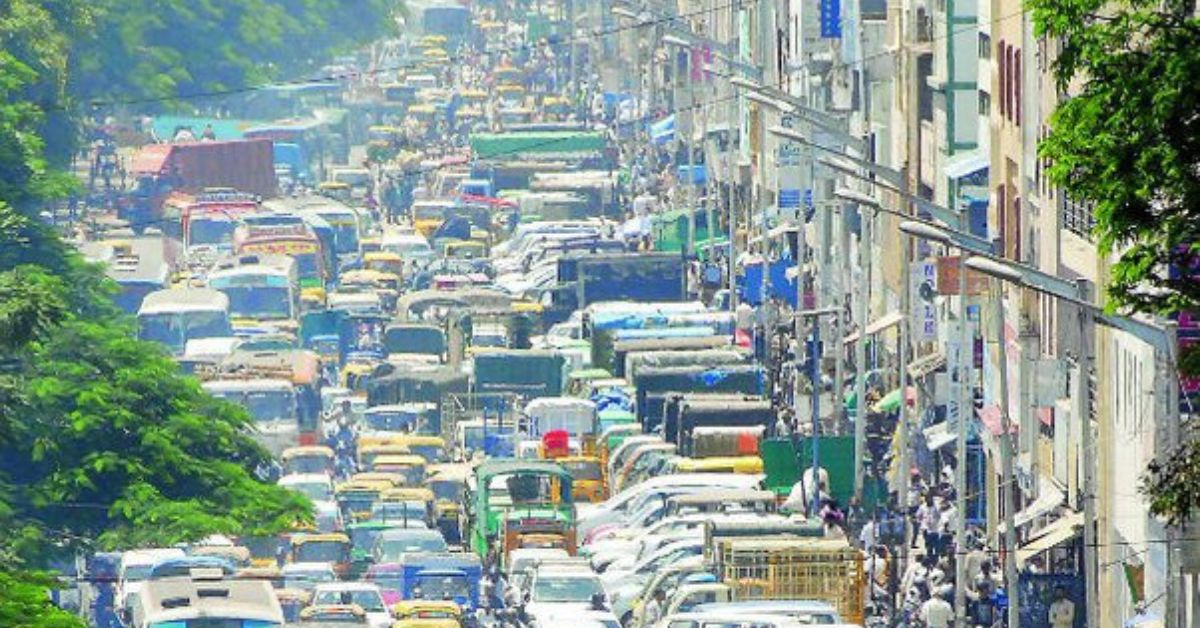
“The warning flagged by the city of Bengaluru needs to be given due attention by the legislature, executive, and policymakers,” a bench of two justices said. “It is high time that, before permitting urban development, EIA (environmental impact assessment) of such development needs to be done,” the court said.
According to the legal news website Bar and Bench, Chandigarh Estate Rules prohibit the breaking-up of any site for the creation of apartments. However, some developers were disregarding these rules and building three flats on one site and selling them to three different people, reported Hindustan Times.
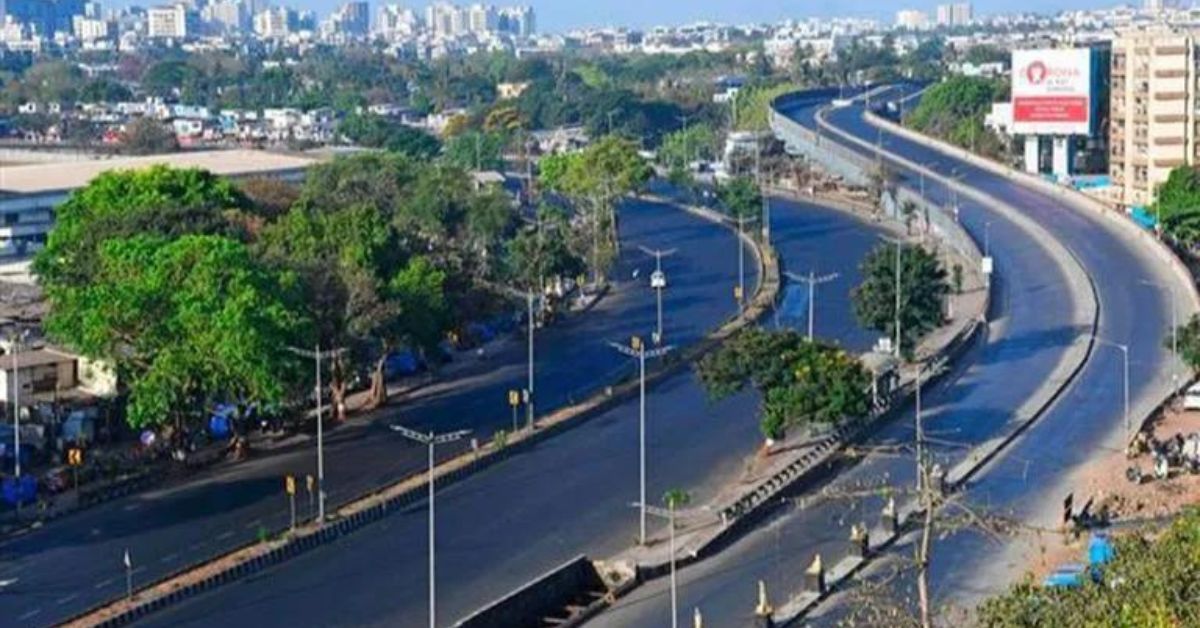
Located around 250 kilometers north of Delhi, Chandigarh is among India’s eight union territories, governed directly by the federal government. It is also the legislative and administrative capital of two adjoining states, Punjab and Haryana.
Designed by the Swiss-French architect Le Corbusier and inaugurated in 1953, Chandigarh was one of India’s earliest planned cities and a pin-up for a newly independent country. In 2016, it was declared a UNESCO world heritage site. But India’s apex court wants to keep this iconic city from going the way of Bengaluru.
Bengaluru’s reputation has fallen
A city of 12 million people, Bengaluru is one of India’s largest urban conglomerations. Its reputation as a global technological hub was built on the back of a massive economic boom in the 1990s.
But the city has lost its reputation over the past decade-and-a-half.
Previously known for its cool weather and beautiful gardens, Bengaluru’s transformation has caused massive damage to its ecology. Its trees have been chopped in masse and often haphazardly, and its many lakes have disappeared or have been left badly polluted.
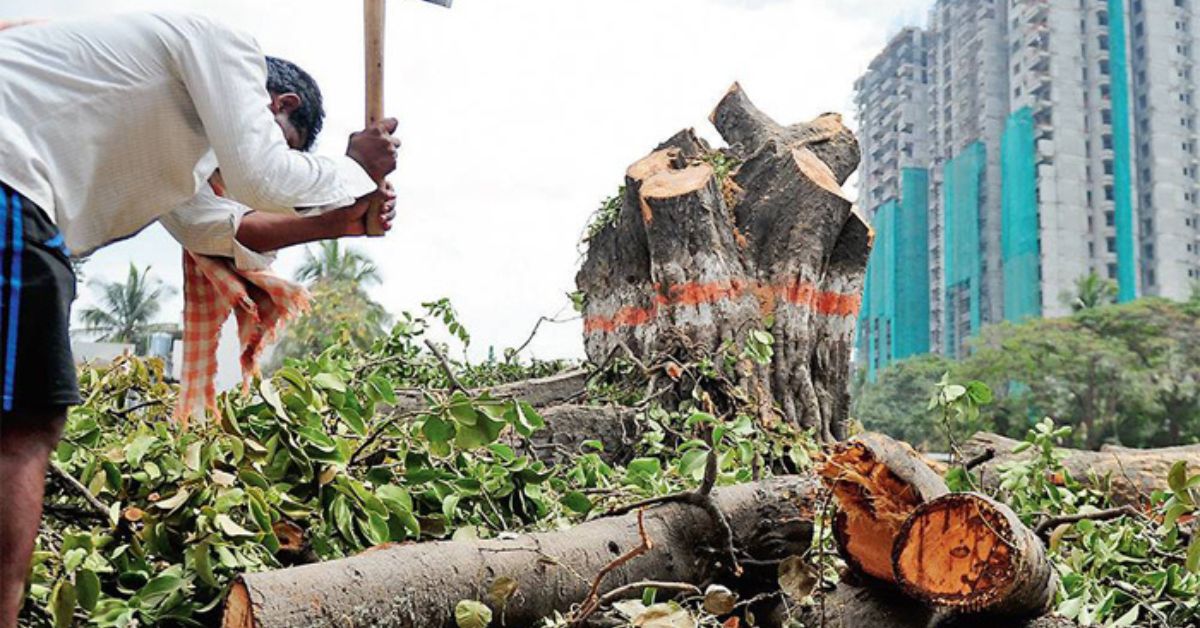
“In 1961, there were 262 lakes and tanks in and around the city. But satellite imagery in 2003 showed just 18 clearly delineated ones (I don’t want to know what it looks like in 2017),” According to a Quartz report, “Yet, there’s been a 584% growth in her built-up area over the past four decades. The result: A parched city depends on thousands of tanker trucks for her daily supply of water.”
The city’s traffic has also evolved into a proverb for mismanagement. Even a decade ago, a study estimated that more than $6 billion worth of man-hours were lost because IT workers were stuck so long on congested roads.
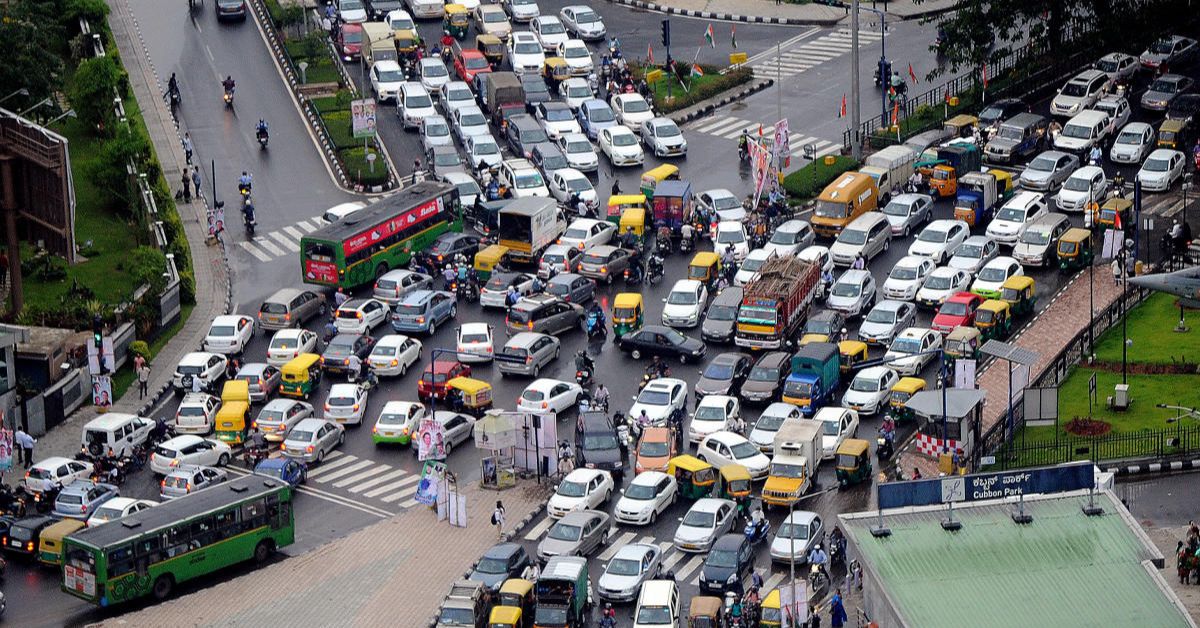
Previously when the city’s IT boom commenced, the term “Bangalored” defined how a job lost in a western country was outsourced to India. Now “Bengaluru’d” could well mean the wanton destruction of a flourishing city.


































